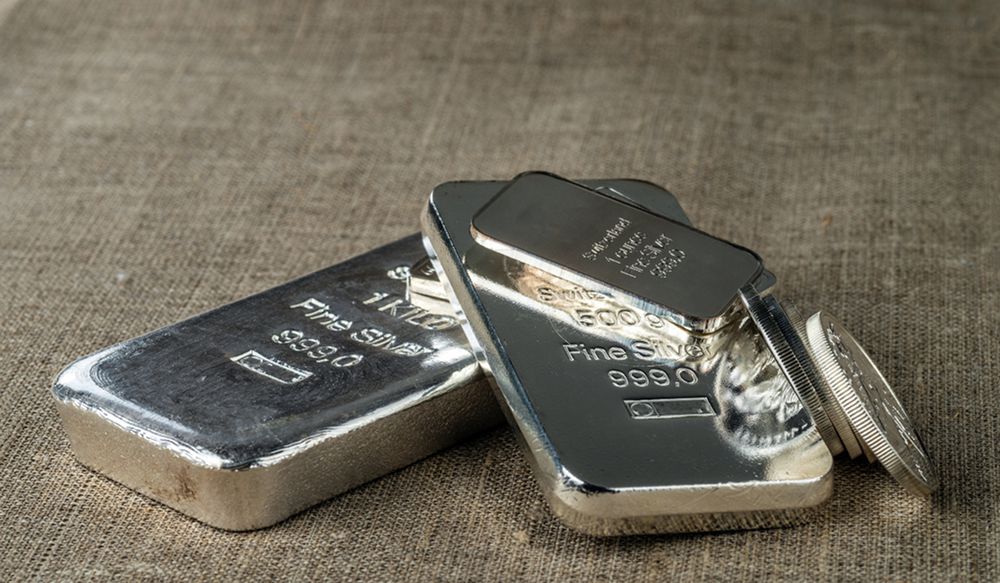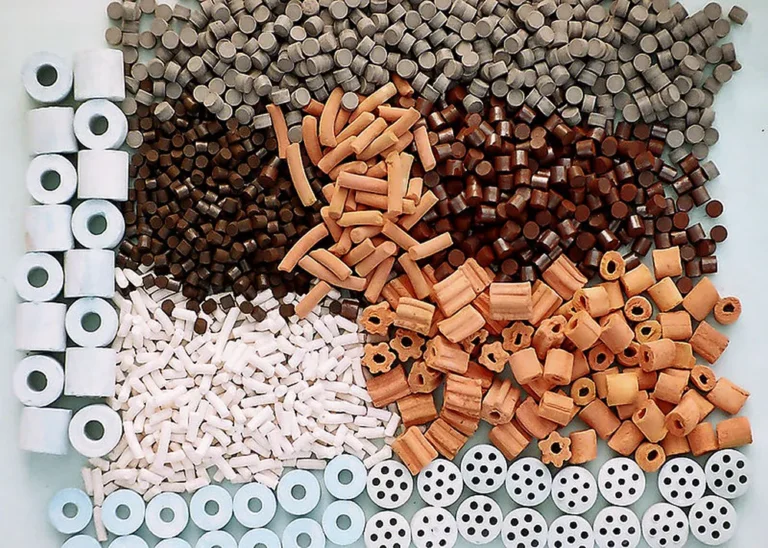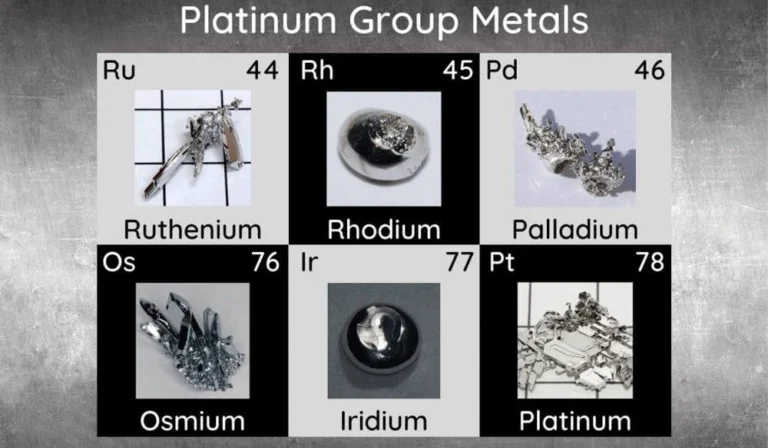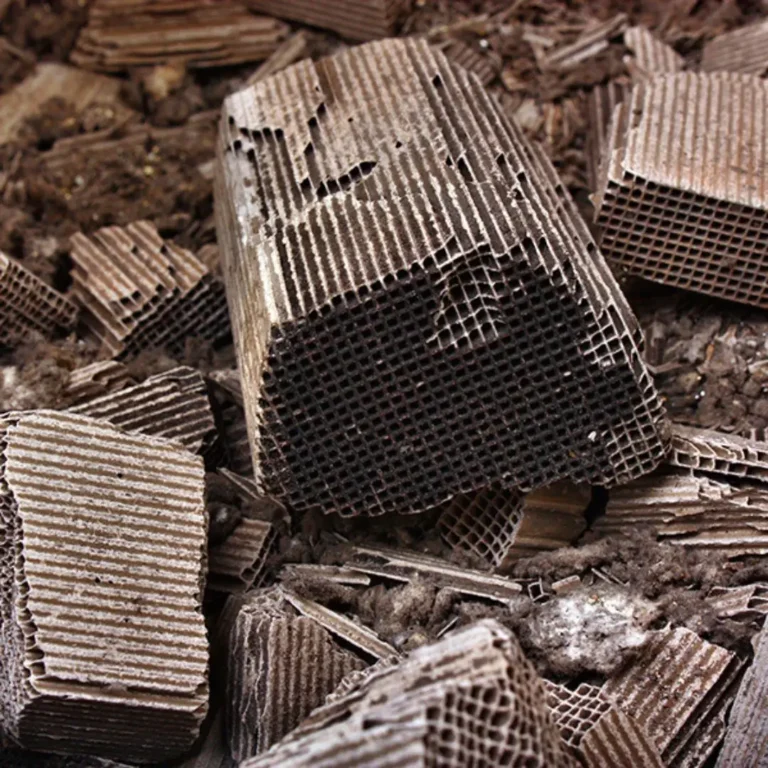Measuring silver accurately is the key to unlocking its true value, whether you’re investing, trading, or crafting fine jewelry. Without precise measurement, buyers risk overpaying, and sellers may undervalue their assets.
How is silver measured? Key factors include weight, purity, and hallmarking, which verify authenticity and ensure fair pricing. This post will dive into these crucial methods, showing how they protect your investment and help you make confident decisions in the silver market.
Silver Purity and Fineness Measurement
The percentage of pure silver in an alloy is called silver purity. To measure it, we use fineness, which appears as a three-digit number. For example, to indicate 99.9% pure silver (which is also called fine silver), it is expressed as 999 fineness. Sterling silver, which is used in jewelry and utensils, is marked with a 925 fineness. This number means the alloy contains 92.5% silver and 7.5% other metals.
There are also other types of silver, which are Britannia silver (958 fineness), coin silver (900 fineness), and 800 fineness silver (80% silver). You can easily find these numbers being stamped as hallmarks on silver products. Buyers can check them to verify purity.
Assaying melts the silver to separate it from other metals. This gives the most accurate results. XRF is a non-destructive test that scans the surface. It is useful but may not be reliable if the silver is heavily plated.
Two common methods for measuring silver purity are assaying and X-ray fluorescence (XRF). For buyers and investors, understanding silver purity is important. But how is silver measured in trade and investment? Various methods and standards to ensure accurate assessment will be explored below.
How Is Silver Measured? Methods and Standards
Measuring silver accurately involves several methods and standards to ensure its value and authenticity.
Weight Measurement
Silver is measured in troy ounces (oz t), the standard unit for precious metals. One troy ounce equals 31.103 grams. In contrast, a standard (avoirdupois) ounce used in everyday measurements equals 28.349 grams. This difference is important when determining silver’s value.
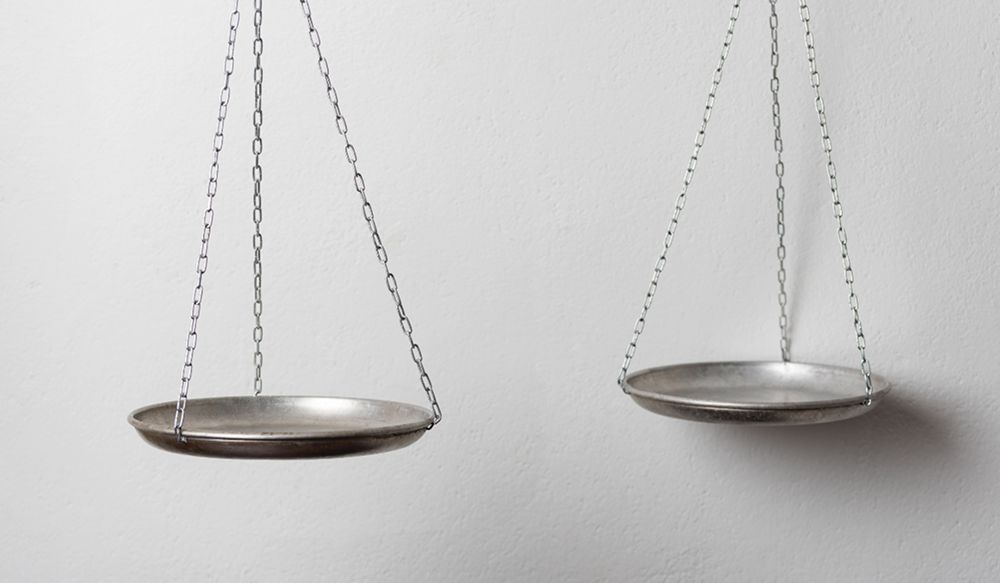
Hallmarking and Stamping
Hallmarks are stamped symbols on silver items that confirm their metal content and manufacturing origin. You can find sterling silver in most household items. Fine silver is more valuable but softer, making it less practical for daily use. Items without hallmarks may only be silver-plated rather than made of solid silver.
Laboratory Testing Methods
When hallmarking is unclear, laboratory tests confirm silver purity:
- X-ray Fluorescence (XRF): A non-destructive technique that uses high-energy X-rays to analyze the surface composition of silver. While quick and efficient, it may not detect deeper plating or core metal variations.
- Fire Assay: Known as the gold standard for silver testing, this method melts the sample with fluxes to separate pure silver. It provides highly precise results but is destructive, as a small portion must be melted.
- Chemical Titration: This wet chemistry method uses an acid solution to react with silver. It accurately measures silver concentration, making it useful for alloys. Skilled handling of chemicals is required.
Understanding how is silver measured is essential for verifying the purity of silver, especially in high-value items and industrial applications.

For those seeking precise silver purity verification, Ledoux & Company’s Precious Metals Analysis offers expert testing services. We use advanced methods like Fire Assay Cupellation, ICP, and Chemical Titration. When working with us, we ensure that your silver content will be assessed accurately. Over the years, many investors, refiners, and jewelers have trusted our services for reliable silver purity analysis. We test bullion, jewelry, and industrial silver. Our expertise helps determine true value with confidence.
Factors That Affect Silver’s Value and Measurement
Several factors influence silver’s market value and the accuracy of its measurement:
Market Demand and Economic Trends
Silver prices fluctuate based on global supply and demand and changing economic conditions. The demand for silver mainly comes from the consumption of some industries like electronics, solar energy, and medical technology.
Currently, silver is traded on major platforms like the LBMA and COMEX futures exchange. The trading activities are a factor that affects the price. Furthermore, inflation also causes silver’s price to increase, like gold. Another factor could be investor sentiments.
Impurities and Alloy Composition
Silver is rarely 100% pure in commercial use. Other metals are added to improve durability. The differences in composition affect weight, density, and conductivity. Accurate measurement is crucial to determine purity. Methods like fire assay and X-ray fluorescence (XRF) help detect and quantify alloy components.
International Standards
Global benchmarks keep silver valuation consistent. Organizations like the LBMA set purity and weight standards. Hallmarks verify authenticity while lab tests confirm silver content. These standards help maintain market trust.
Understanding these factors helps investors, manufacturers, and consumers make informed decisions in the silver market.
Ledoux: Trusted Experts In Precious Metals Analysis
Silver’s value and measurement depend on demand, economy, impurities, and global standards. As both an industrial and investment metal, its price changes with trading on LBMA and COMEX. Accurate methods like hallmarking, XRF, and fire assay confirm authenticity. Knowing how is silver measured and these factors help investors, manufacturers, and buyers make smart choices.
Ensure the highest accuracy in silver measurement with Ledoux. Contact us today for expert purity testing and reliable valuation!

